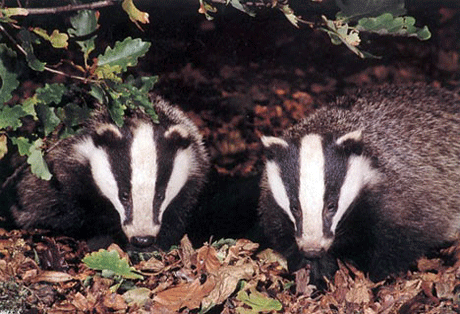Badger cull has desired effect in Ireland

The incidence of bovine TB in the Republic of Ireland continues to decline, as the department of agriculture in Dublin presses on with its cull of infected badgers.
A government spokeswoman explained that, even though there had been a slight increase in 2007, this was because the level of testing had increased substantially following the opening of a new laboratory in Sligo. Slaughterhouse inspection procedures had also improved.
“With TB you should never look at one year in isolation, as there are so many pieces that go together,” she said. “It’s best to look at five year trends and that shows a steady fall in TB.”

For example, in 1998 the number of TB reactors came to 45,000, but by 2003 had dropped to 28,000. In 2006 there was a further fall to 24,000, though last year it was up to 28,000. Disease incidence stands at about 6% of herds tested, compared with 8.2% in the peak year of 2000.
The Irish government is adamant that badger culling is a key factor in containing the disease. “Elsewhere in the world, the tuberculin test provides all the control necessary to get on top of TB. Only in Ireland and GB, where there is also a wildlife challenge, is there a problem.”
In New Zealand, for example, TB had been contained when possums – the common vector – were culled, while in Australia it was wild buffalo that had been taken out.
Badger culling is strictly controlled in the Republic of Ireland. It is only triggered where, following an outbreak, an epidemiological study implicates badgers as the likely source, not cattle.
The spokeswoman insisted there was no plan to cull out all the badgers in an area – merely to reduce the population and so reduce contact opportunities, until such time as a vaccine was available.
She also explained that, unlike in GB, there was no problem with perturbation. “It seems our badger populations are quite different,” she said. “They have different diets, different reproduction and different densities. Their social groups are smaller and they are less territorial.”
The government has a self imposed cap of culling on just 30% of the agricultural area. So far it has covered about 20%, taking out about two thirds of the badgers in that area. About half of these were TB infected.
Farmers contribute to the cost of the programme with a statutory levy on milk sales, and on cattle slaughtered or exported.
